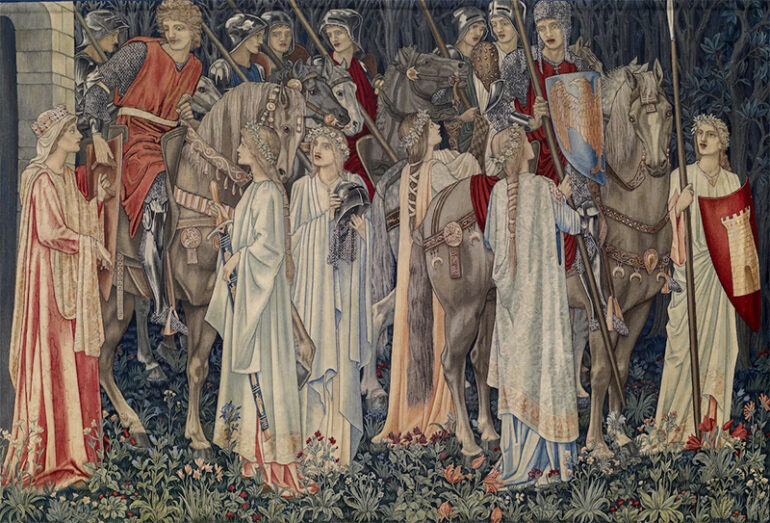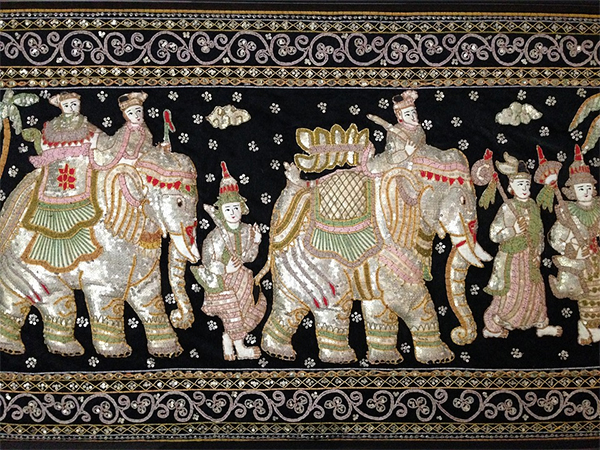The art of tapestry dates back thousands of years, a textile art that people of earlier days used for various purposes. For the Incas and ancient Egyptians, woven tapestries were used as shrouds for their dead relatives, serving as coverings during burials. For the Romans and the Greeks, tapestries covered temples such as the Parthenon and other municipal architectural buildings. Tapestries were also popular among the Chinese, who opted to use them to accessorize their garments or wrap presents rather than hang them on their walls.
Tapestry weaving was most popular in Europe from the late 14th century until the latter of the 18th century. During this period, the Europeans produced tapestries primarily as wall hangings, decorating the homes of the elite and other public establishments. It is also said that Henry VIII owned 2000 of these beautifully woven textiles decorating many of his palaces.
Tapestry-making was considered a costly and long, and arduous craft. For this reason, the final products were mostly available to the wealthy. The art of tapestry making also occurred simultaneously with the Romanesque period, a time of religious revival where the Church used other art forms, including sculpture and architecture, to depict Biblical tales for their uneducated followers.
During the middle ages, it was common for royalty and the upper class to adorn their homes with wall hangings. For this purpose, wall tapestries decorated palaces, castles, and mansions. Since tapestries were originally opulent and lavish, they were only meant for those who could afford them. Therefore, they had unique designs and patterns woven into the luxurious fabric for decorative wall hangings made for the elite members of society.
The difference between weaving and tapestry
While weaving and tapestry making are considered textile arts, some differences exist. With weaving, a textile is produced by utilizing a loom together with interlacing thread to create a fabric. On the other hand, tapestry utilizes traditional weaving methods to produce a more artistic and striking textile. Tapestry uses a weft and the warp threads weavers use, though these threads are not visible in the finished product. Still, weaving and tapestry-making produce beautiful pieces used for garments, furniture, bags, and other decorative accessories.
Modern-day tapestry
In today’s world, it is not uncommon to find tapestries decorating homes, offices, and other business establishments. They serve as beautiful backdrops and set the mood with the perfect atmosphere. However, there is a significant difference between the production of yesterday’s tapestries to those we have at present. In the past, they were hand-woven, requiring long work hours and patience. Today, they can be produced by factory machines, increasing their quantity in a short time. Thus, it is much easier to avail of a tapestry without waiting as long as they used to. They are also more affordable, making them more accessible to anyone who wants them for their homes. Still, you can find people using traditional methods to create tapestries for those who prefer them.
From then till now, tapestries still have the same magic that creates a warm and pleasant feeling in any room. They also lend an air of luxury that makes them as attractive now as they always did.
Photo Attribution:
1st and featured image from https://unsplash.com/photos/j18GyGgldIs
2nd image from https://pixabay.com/photos/sequined-tapestry-asian-elephants-1355913/

